20ft Container VS 40ft Container: Which Option Should You Choose?

Investing in a shipping or storage container is a smart and cost-effective way to meet various logistical, commercial, or personal storage needs. Whether you're starting a new business, managing international freight, or simply seeking secure, waterproof storage, selecting the right container size can make all the difference in terms of efficiency, cost, and convenience. Containers are primarily available in two standard sizes – 20ft and 40ft- and each has its own advantages and considerations. Understanding the differences between them will help you decide which one best suits your specific needs.
Let's First Understand The Basics:
20ft Containers
20ft containers are standard-sized shipping containers commonly used for transporting goods, storing equipment, and other purposes. They are also known as twenty-foot equivalent units, which offer a practical solution for smaller loads or areas with limited space. The standard specifications of 20ft containers are as follows:
- External Dimensions: 20’ L * 8’ W * 8’6” H
- Internal Dimensions: Approx. 19’4” L * 7’8” W * 7’10 H
- Internal Volume: 1170 cubic feet
- Tare Weight: 2,200 kilograms
- Max Payload: 21,800 kilograms
Note: Specifications may vary depending on the manufacturer, build year, material, and specific container type.
The Common Uses of a 20ft Container Are as Follows:
A 20ft container is highly versatile across various industries. Because of its compact size, it is ideal for both transportation and storage purposes.
- One of the most common uses of a 20ft container is for international shipping. These containers are designed to withstand the harsh conditions of sea travel, keeping goods safe from outside elements and theft.
- A 20-foot container can also be used to store household items, seasonal stock for businesses, or equipment for a construction site.
- Most businesses often use 20ft containers to create temporary retail studios or small offices, as their size is suitable for temporary sites.
- Many individuals convert 20-foot containers into workshops or portable spaces. Their smaller footprint makes it easy to modify and set up these containers on sites with limited space.
40ft Containers
A 40ft container is also known as a forty-foot equivalent unit (FEU). It is essentially double the size of a 20ft container, offering more storage space and flexibility for larger loads. However, it requires more space to maneuver and place. The 40ft container is also versatile and cost-efficient for large storage requirements or high-volume shipments. The specifications of 40 ft containers are as follows:
- External Dimensions: 40’ L * 8’ W * 8’6” H
- Internal Dimensions: 39’6” L * 7’8” W * 7’10” H
- Internal Volume: 2,385 cubic feet
- Tare Weight: 3700 kilograms
- Max Payload: 26,700 kilograms
Note: Specifications may vary depending on the manufacturer, build year, material, and specific container type.
The Common Uses of a 40ft Container Are As Follows:
40ft containers are primarily used by businesses that require a storage or shipping solution for large quantities of goods. These containers can easily fit larger and bulkier shipments.
A 40ft container provides high storage capacity and cost efficiency per cubic foot for larger inventories, equipment, or materials.
Most individuals find 40ft containers helpful in building modular homes, offices, and other larger custom spaces.
Construction companies and industries also utilize 40ft containers for storing building materials, heavy tools, and equipment.
Listing Key Differences in Table Format for More Clarification
|
Feature |
20ft Container |
40ft Container |
|
External Dimensions |
20’ L * 8’ W * 8’6” H |
40’ L * 8’ W * 8’6” H |
|
Internal Dimensions |
Approx. 19’4” L * 7’8” W * 7’10 H |
39’6” L * 7’8” W * 7’10” H |
|
Payload |
21,800 kilograms |
26,680 kilograms |
|
Common Use |
Useful for smaller shipments, tight spaces, and temporary setups |
Useful for larger shipments, bulk storage, and conversions. |
|
Cost |
They’re generally cheaper to buy |
They’re more expensive because of their ability to handle large storage volumes. |
|
Maneuverability |
They’re easy to transport and set up. |
They require more space for delivery and positioning. |
Factors to Consider When Choosing a 20ft or 40ft Container
Here, we list some crucial factors that will help you make a more informed decision about whether to choose a 20ft container or a 40ft container.
What Are Your Storage Requirements?
The first and most crucial factor to consider is your storage requirement. If you have a large inventory or frequently deal with bulky items, a 40ft container will likely be the best choice. On the other hand, if you handle smaller shipments or have limited space, a 20-foot container may be a more suitable option.
How Much Space Do You Need To Place The Container?
While the container's structural integrity, durability, and storage capacity are important considerations, its physical footprint is also a critical factor. Twenty-foot containers require less space for setup and delivery. Thus, if you plan to place your container in a small area or urban setting, a 20-foot container would be more feasible.
In contrast, 40ft containers require extra space for delivery and placement. Therefore, if you want to use the container for a larger commercial or industrial site or have more space to work with, a 40ft container would be a wise choice.
How Often Do You Need To Move The Container?
Do you need to move the container frequently around tight spaces or narrow streets? If yes, a 20ft container might be the better choice due to its compact size and easier maneuverability.
However, a 40-foot container may be more suitable if you don't need to relocate the container frequently or if it will be placed in a fixed location for an extended period.
What Is Your Budget?
As mentioned earlier, a 20ft container is generally affordable to buy or rent, which is best for those who want to stay on budget while meeting their short-term storage needs. In contrast, 40ft containers are expensive in terms of purchase cost and transportation. However, their ability to store large amounts of goods makes them more cost-effective for those who require a lot of space.
What Are Your Long-Term Needs?
If you think you'll need more storage space in the future, investing in a 40ft container now could save you the expense of upgrading later. However, if you believe your needs will likely remain small and consistent, a 20-foot container might be sufficient.
Bottom Line
To sum up, both 20ft and 40ft containers are reliable and valuable in their respective places. Your decision to choose between them depends on your storage requirements, space considerations, budget, and long-term needs. By carefully considering these factors, you can make an informed decision.
Still Unsure? Let The Experts At HCT Containers Help!
HCT Containers is a recognized company in Canada, serving many industries for years. We sell and rent new and used containers, ranging in size from 20ft to 40ft. Our containers are durable, structurally stable, weather-resistant, and secure. We understand that choosing the right container is a significant decision. That's why our experienced team is always available to provide proper guidance, help you assess your specific needs and suggest the ideal solution.
Contact us today for a personalized consultation, and let us help you find the perfect container solution.


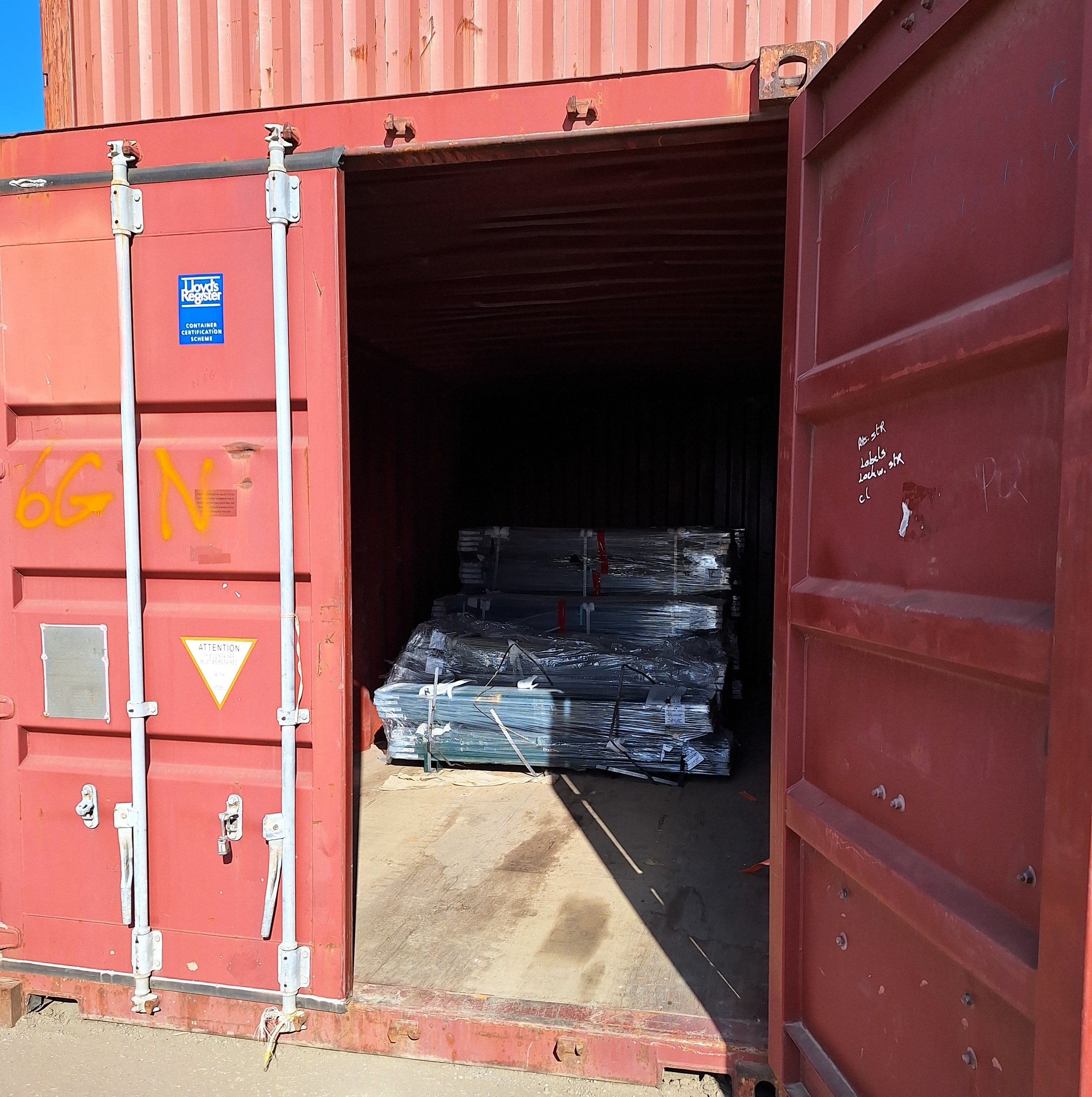
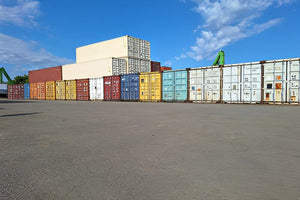


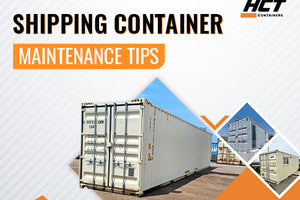
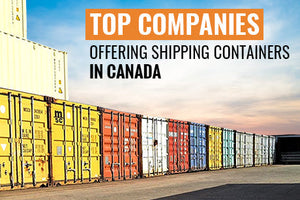
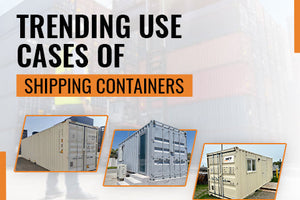
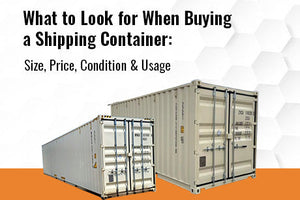
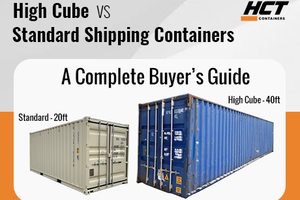
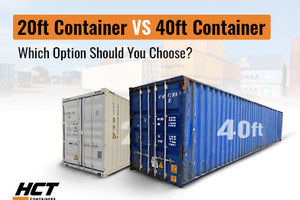

Leave a comment